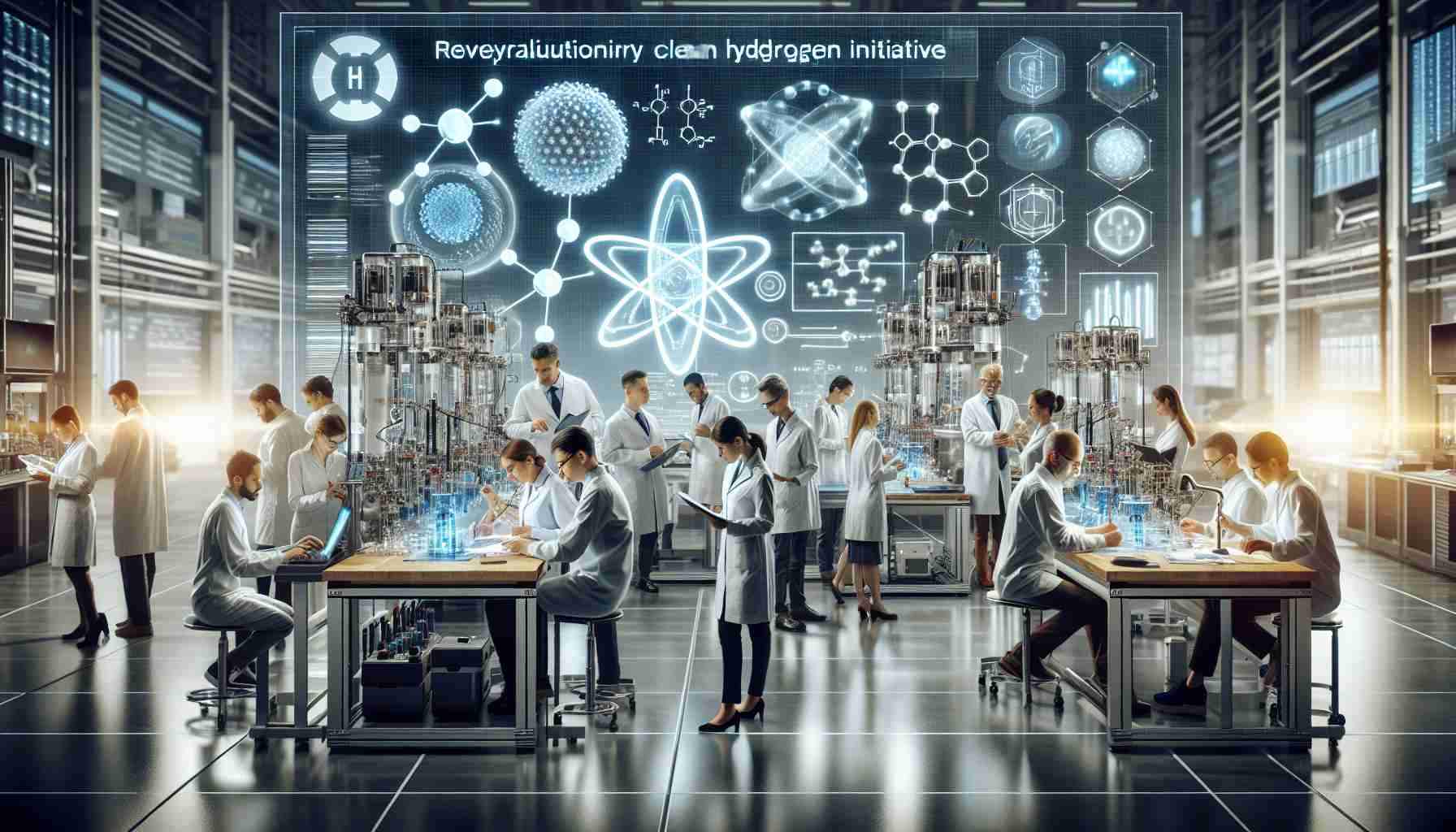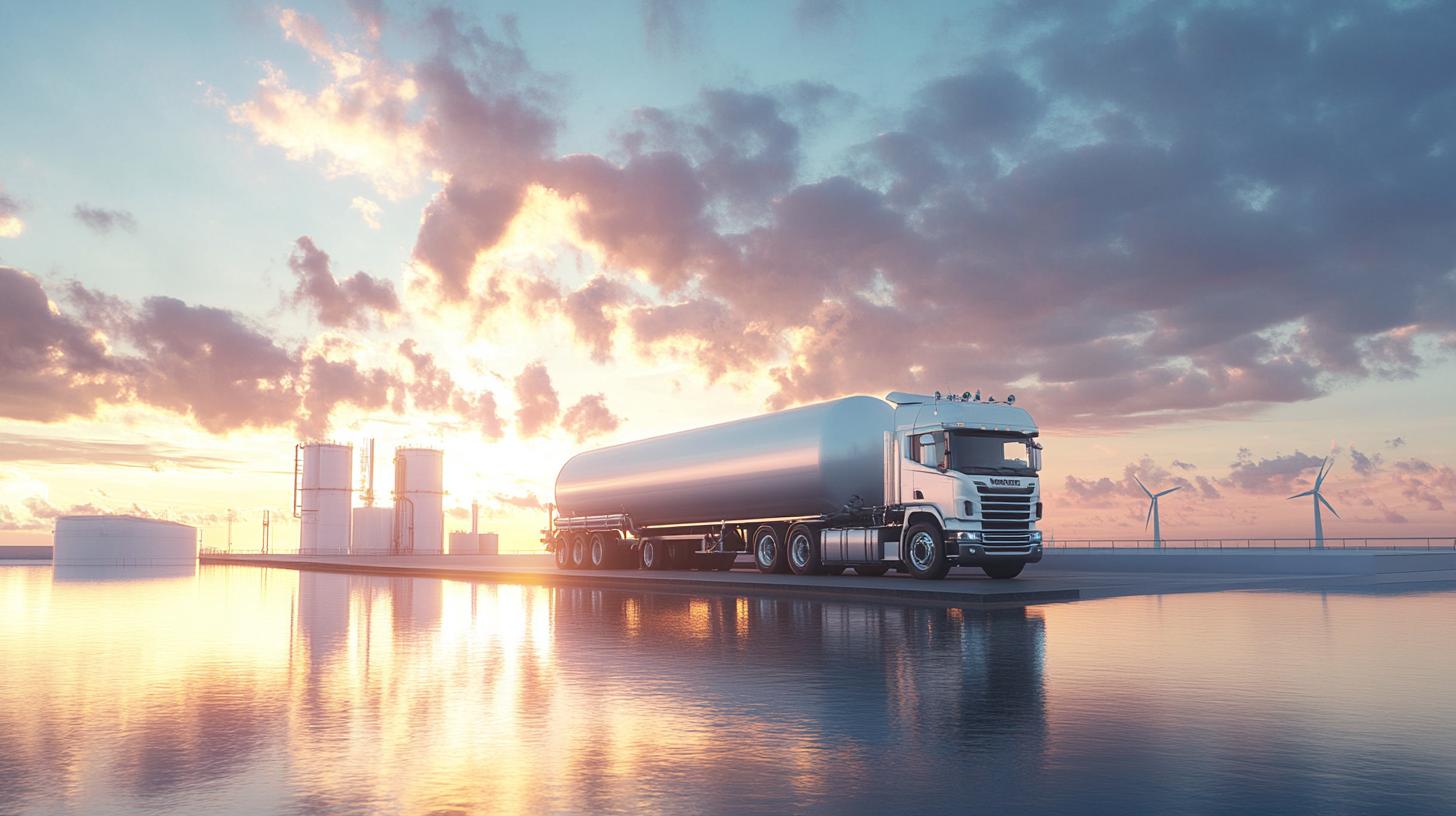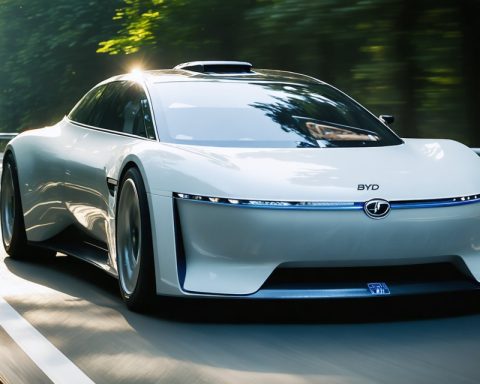Exciting Developments in Clean Hydrogen Supply
SEFE Securing Energy for Europe and maritime infrastructure leader Höegh Evi have officially partnered to forge new international pathways for clean hydrogen delivery across Europe, particularly targeting Germany. This collaboration focuses on assessing the technical and economic aspects related to various supply corridors that will utilize ammonia as a key source of clean hydrogen.
The two companies aim to establish effective supply chains which encompass the entire process: from sourcing ammonia and ship transportation to final hydrogen conversion at floating import terminals. Here, ammonia will undergo a transformation into hydrogen, enabling it to efficiently reach SEFE’s clientele via Germany’s integrated hydrogen network.
Moreover, efforts will be directed towards pinpointing optimal sites for floating ammonia-to-hydrogen facilities along Germany’s coasts in the Baltic Sea and North Sea, with additional evaluations spread across Europe. SEFE’s role encompasses overseeing both upstream supply strategies and downstream logistics, ensuring a robust inventory of clean molecules and facilitating hydrogen demand consolidation throughout Germany and broader Europe.
In this endeavor, Höegh Evi brings its expertise to build essential midstream infrastructure that links Germany with global hydrogen markets, including the innovative transportation of ammonia and the establishment of floating import terminals. Their ammonia-to-hydrogen converter, noted as the first and only floating system of its kind for large-scale industrial use, will deliver reliable and consistent clean hydrogen supplies to industrial partners.
The Global Hydrogen Economy: A Shift Toward Sustainability
The partnership between SEFE and Höegh Evi represents a monumental leap forward in the establishment of a global hydrogen economy. As nations strive to meet climate targets and reduce their carbon footprints, clean hydrogen emerges as a cornerstone of sustainable energy solutions. This collaboration not only enhances Europe’s energy security, particularly in Germany—one of the world’s largest industrial nations—but also signifies a broader commitment to decarbonizing economies globally.
The movement toward clean hydrogen has implications that extend far beyond just energy supply; it has the potential to reshape international trade dynamics. With hydrogen classified as a critical element in future energy systems, countries rich in renewable resources can export hydrogen, creating new avenues for global commerce and fostering international relations based on shared sustainability goals.
Furthermore, the environmental implications are profound. By transitioning to a clean hydrogen infrastructure, we can significantly reduce greenhouse gas emissions from hard-to-decarbonize sectors such as heavy industry and transportation. As floating ammonia-to-hydrogen facilities become operational, there will be reduced reliance on fossil fuels and an upper hand in managing oceanic waste due to controlled ammonia usage.
Looking ahead, the emergence of innovative technologies in hydrogen production, such as those demonstrated by Höegh Evi, could set the stage for a more resilient and integrated energy infrastructure. Continuous advancements are expected to stimulate economic growth and create green jobs, thereby underscoring the long-term significance of this evolving industry. As these developments unfold, they promise a cleaner, more sustainable future that prioritizes both ecological integrity and economic prosperity.
Unlocking the Future of Clean Hydrogen: Innovations and Opportunities
Exciting Developments in Clean Hydrogen Supply
The partnership between SEFE Securing Energy for Europe and maritime infrastructure expert Höegh Evi marks a significant advance in the field of clean hydrogen supply, particularly in Europe. This collaborative effort aims to establish efficient pathways for delivering clean hydrogen derived from ammonia, with a focused target on the German energy market.
Directions of Collaboration
The synergy seeks to investigate both the technical feasibility and economic viability of different ammonia supply corridors. Ammonia serves as a critical component in the clean hydrogen ecosystem, acting as a storage and transport medium for hydrogen. The process involves converting ammonia back into hydrogen at floating import terminals before distribution through Germany’s advanced hydrogen network.
Strategic Location Assessment
A significant part of this initiative is the identification of optimal sites for ammonia-to-hydrogen conversion facilities. Potential locations are being evaluated along Germany’s Baltic Sea and North Sea coastlines, with additional assessments across Europe to ensure a wide-reaching hydrogen supply network. This geographical strategy is essential for tapping into the growing energy demands while ensuring minimal environmental impact.
Pros and Cons of Clean Hydrogen Production
Pros:
1. Sustainability: Clean hydrogen production from ammonia helps reduce carbon emissions, aligning with European sustainability goals.
2. Reliability: The floating ammonia-to-hydrogen conversion system provides a consistent and dependable supply of clean hydrogen to industries.
3. Infrastructure Advancement: The partnership is driving innovation in midstream infrastructure development, crucial for energy transition efforts.
Cons:
1. Investment Challenges: Significant upfront investment is necessary to develop the required infrastructure.
2. Technological Hurdles: The complexity of ammonia-to-hydrogen conversion technology requires ongoing research and development.
3. Market Fluctuations: The global ammonia market can be volatile, which may affect supply chain stability.
Use Cases for Clean Hydrogen
1. Industrial Applications: Industries such as steel manufacturing and chemical production can significantly reduce their carbon footprint by utilizing clean hydrogen as a fuel source.
2. Transport Sector: Hydrogen fuel cells are increasingly being adopted in transportation, including buses and heavy-duty vehicles.
3. Power Generation: Clean hydrogen can be used in fuel cells or combustion processes to generate electricity without harmful emissions.
Future Trends and Innovations in Clean Hydrogen
As the landscape of clean energy continues to evolve, several trends are emerging in the clean hydrogen sector:
– Increased Collaboration: Partnerships between energy companies and infrastructure providers are likely to intensify to accelerate hydrogen adoption.
– Technological Advancements: Ongoing innovations in ammonia conversion and hydrogen storage technologies will enhance efficiency and reduce costs.
– Regulatory Support: Strong government policies and incentives will drive the growth of hydrogen infrastructure across Europe, particularly in Germany.
Pricing and Market Analysis
As the market for clean hydrogen diversifies, pricing structures are anticipated to evolve. Current hydrogen production costs are influenced by several factors, including feedstock prices (like ammonia), technological advancements, and economies of scale in production and transport. Analysts predict that with advancements and increased demand, the cost of clean hydrogen could decrease substantially in the coming years, making it a more attractive option for energy consumers and industries alike.
Insights and Predictions for Clean Hydrogen Integration
Experts believe that by 2030, clean hydrogen could become a cornerstone of Europe’s energy infrastructure, significantly contributing to carbon neutrality goals. The SEFE and Höegh Evi partnership exemplifies the collaborative efforts required to make this vision a reality by linking local supply chains with global hydrogen markets.
In conclusion, the collaboration between SEFE and Höegh Evi not only addresses the pressing need for sustainable energy solutions but also positions Europe at the forefront of the clean hydrogen revolution. For more information on hydrogen initiatives and developments, visit SEFE or Höegh Evi.














